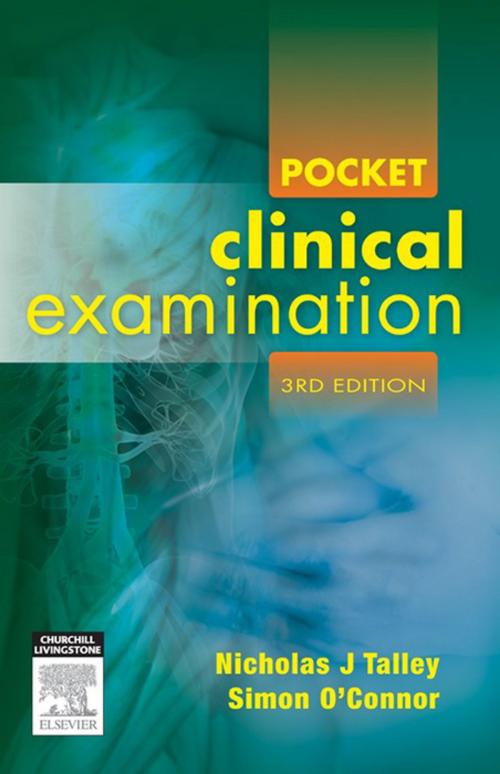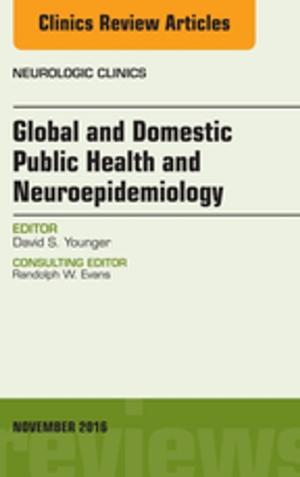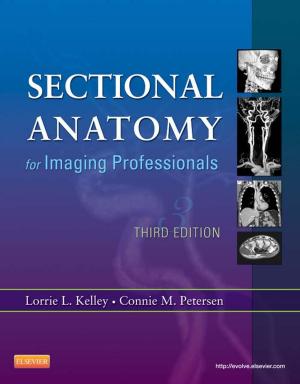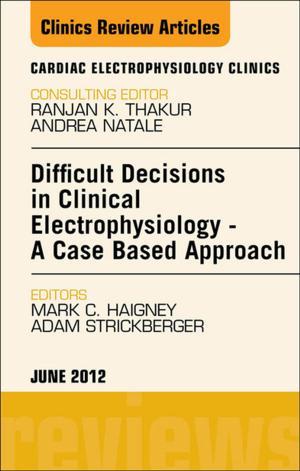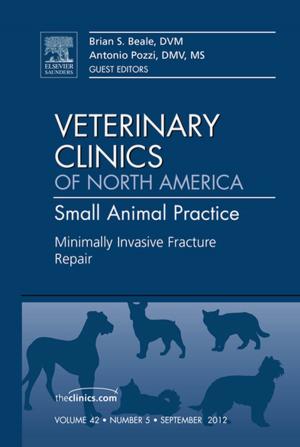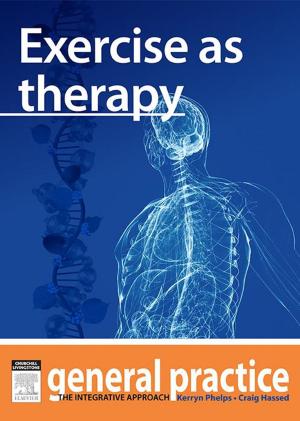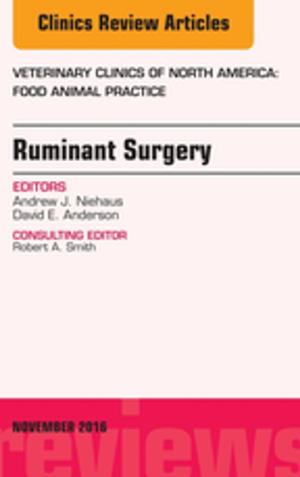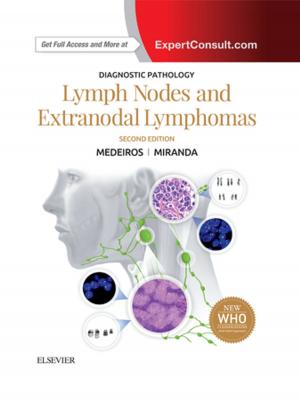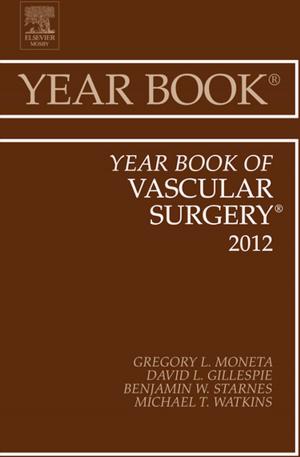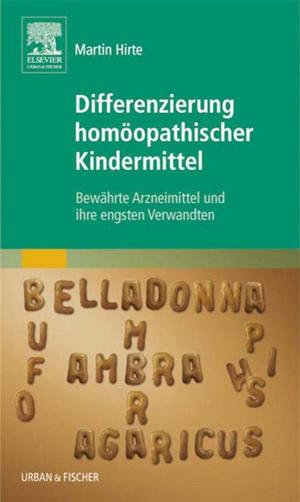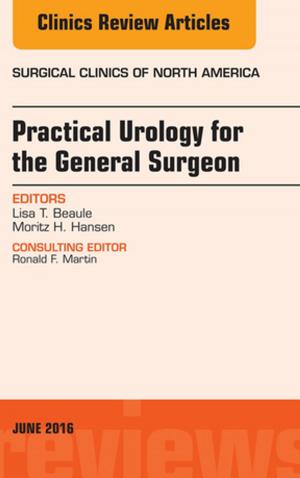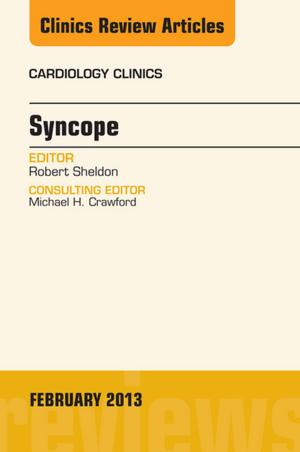Pocket Clinical Examination
Nonfiction, Health & Well Being, Medical, Specialties, Clinical Medicine, Internal Medicine, General| Author: | Nicholas J Talley, MD (NSW), PhD (Syd), MMedSci (Clin Epi)(Newc.), FAHMS, FRACP, FAFPHM, FRCP (Lond. & Edin.), FACP, Simon O’Connor, FRACP DDU FCSANZ | ISBN: | 9780729578721 |
| Publisher: | Elsevier Health Sciences | Publication: | August 20, 2009 |
| Imprint: | Churchill Livingstone Australia | Language: | English |
| Author: | Nicholas J Talley, MD (NSW), PhD (Syd), MMedSci (Clin Epi)(Newc.), FAHMS, FRACP, FAFPHM, FRCP (Lond. & Edin.), FACP, Simon O’Connor, FRACP DDU FCSANZ |
| ISBN: | 9780729578721 |
| Publisher: | Elsevier Health Sciences |
| Publication: | August 20, 2009 |
| Imprint: | Churchill Livingstone Australia |
| Language: | English |
Pocket Clinical Examination is an introduction to history taking and the examination of patients. It has step by step instructions for the junior medical officer working on the ward for the first time. It aims to provide a solid foundation from which students can develop their own systematic approaches. Details of the mechanisms of symptoms and signs, and comprehensive lists of differential diagnosis are not included but may be found in the larger text Clinical Examination. There is a section on writing and presenting the history and physical examination. PCE provides an introduction to physical examination and a place where students can go for revision before examining patients.
-
Excellent line drawings closely keyed to the text
-
Concise approach
-
Examination of the major systems summarised
-
New emphasis on evidence-based medicine
-
New chapters added eg., coverage of advanced history taking, assessment of the acutely ill patient, introduction to examination of the skin
-
Key anatomical drawings assist students understand the relevant clinical anatomy of regions of the body being examined
-
Hints on how to approach OSCEs
Pocket Clinical Examination is an introduction to history taking and the examination of patients. It has step by step instructions for the junior medical officer working on the ward for the first time. It aims to provide a solid foundation from which students can develop their own systematic approaches. Details of the mechanisms of symptoms and signs, and comprehensive lists of differential diagnosis are not included but may be found in the larger text Clinical Examination. There is a section on writing and presenting the history and physical examination
Pocket Clinical Examination is an introduction to history taking and the examination of patients. It has step by step instructions for the junior medical officer working on the ward for the first time. It aims to provide a solid foundation from which students can develop their own systematic approaches. Details of the mechanisms of symptoms and signs, and comprehensive lists of differential diagnosis are not included but may be found in the larger text Clinical Examination. There is a section on writing and presenting the history and physical examination. PCE provides an introduction to physical examination and a place where students can go for revision before examining patients.
-
Excellent line drawings closely keyed to the text
-
Concise approach
-
Examination of the major systems summarised
-
New emphasis on evidence-based medicine
-
New chapters added eg., coverage of advanced history taking, assessment of the acutely ill patient, introduction to examination of the skin
-
Key anatomical drawings assist students understand the relevant clinical anatomy of regions of the body being examined
-
Hints on how to approach OSCEs
Pocket Clinical Examination is an introduction to history taking and the examination of patients. It has step by step instructions for the junior medical officer working on the ward for the first time. It aims to provide a solid foundation from which students can develop their own systematic approaches. Details of the mechanisms of symptoms and signs, and comprehensive lists of differential diagnosis are not included but may be found in the larger text Clinical Examination. There is a section on writing and presenting the history and physical examination
